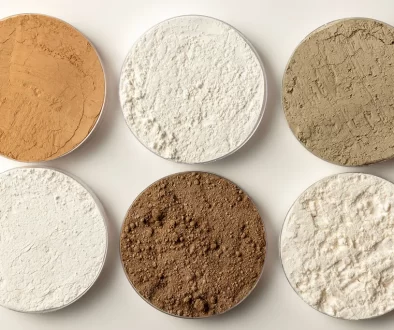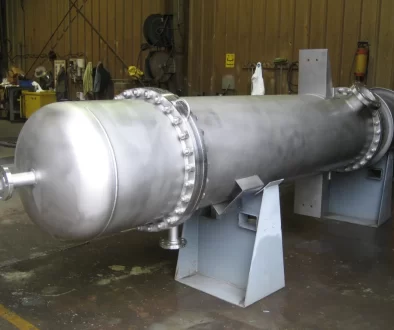Can Australia Become a Critical Minerals ‘Superpower’?
Australia is often called the “lucky country” for its vast natural resources—but when it comes to critical minerals, luck is only part of the story. With surging global demand for lithium, rare earths, nickel, cobalt, and other inputs essential to batteries, wind turbines, EVs, and defence technologies, Australia finds itself at the centre of the clean energy supply chain. The big question is: can Australia turn this natural advantage into true superpower status?
Australia’s Starting Point: Rich Resources, Strong Foundations
Few countries can match Australia’s combination of world-class geology and stable regulatory environment. Already, Australia is the world’s leading exporter of lithium, with significant reserves of rare earths, nickel, and vanadium. In 2023, the federal government released the Critical Minerals Strategy 2023–2030, laying out a plan to scale the sector, move beyond raw exports, and capture more value at home.
Key moves include:
-
A 10% Critical Minerals Production Tax Incentive (from 2027–2040) to encourage refining and processing.
-
Major loans and funding through the Northern Australia Infrastructure Facility and the National Reconstruction Fund.
-
Strategic partnerships with allies like the US, EU, Japan, and Korea to secure long-term supply agreements.
Building the Midstream: From “Dig and Ship” to “Refine and Manufacture”
Historically, Australia’s role has been to dig up ore and ship it overseas—mostly to China—for processing. That model leaves much of the value offshore. The new push is about building midstream and downstream capacity:
-
Rare earths: Iluka’s $1.65 billion Eneabba refinery and Lynas’s Kalgoorlie plant are set to process and separate rare earths locally, cutting reliance on China.
-
Lithium: Kwinana and Kemerton hydroxide refineries are moving beyond spodumene exports to produce battery-ready materials.
-
New projects: Arafura’s Nolans project in the NT and Liontown’s Kathleen Valley lithium mine are evidence of an expanding domestic supply chain.
These projects are the first steps towards a full value chain that could include magnets, cathodes, and even recycling facilities.
The Challenges: Volatility, Competition, and Costs
The opportunity is massive, but so are the risks.
-
Price swings: Lithium and nickel prices have slumped recently, testing the financial resilience of projects requiring stainless steel fabrication.
-
Competition: Indonesia has rapidly expanded nickel refining with heavy subsidies, undercutting Australian producers.
-
High costs: Refining critical minerals requires cheap, clean energy, skilled workers, water, and chemicals—factors where Australia still faces bottlenecks.
-
Timing: Many incentives don’t kick in until 2027, leaving a funding gap for projects under development today.
What It Takes to Become a Superpower
For Australia to achieve critical-minerals “superpower” status, it will need to:
-
Scale midstream processing quickly and keep utilisation rates high.
-
Secure long-term offtake agreements with allies to de-risk projects.
-
Invest in infrastructure and clean energy to bring down refining costs.
-
Move up the value chain into magnets, battery components, and recycling.
-
Balance growth with ESG standards, including strong engagement with First Nations communities.
The Bottom Line
Australia has the rocks, the rules, and now the policy support to become a critical minerals superpower. Progress in rare earths and lithium is already visible, but staying ahead will require more than just mining it’s about building a full, resilient supply chain. If Australia can bridge today’s challenges and seize the 2027–2040 incentive window, it won’t just be the lucky country it could be the critical minerals powerhouse of the clean energy era.




